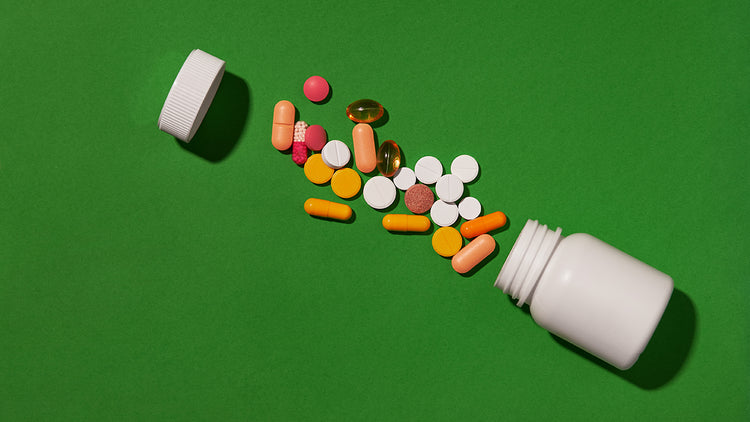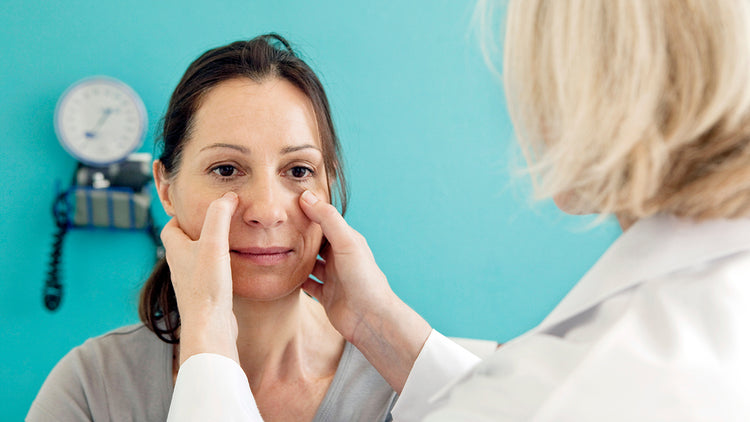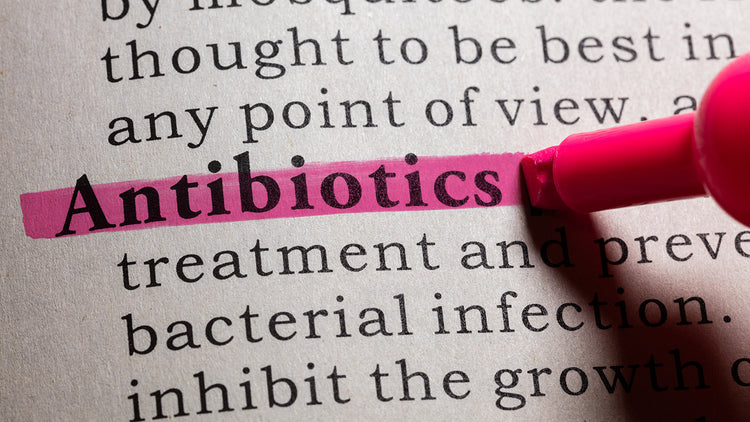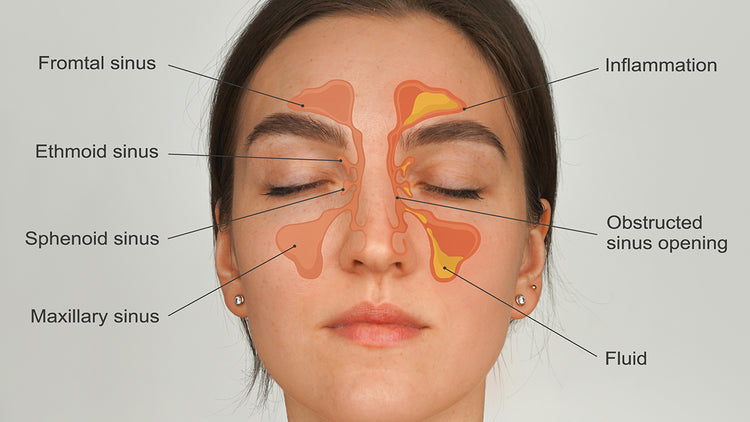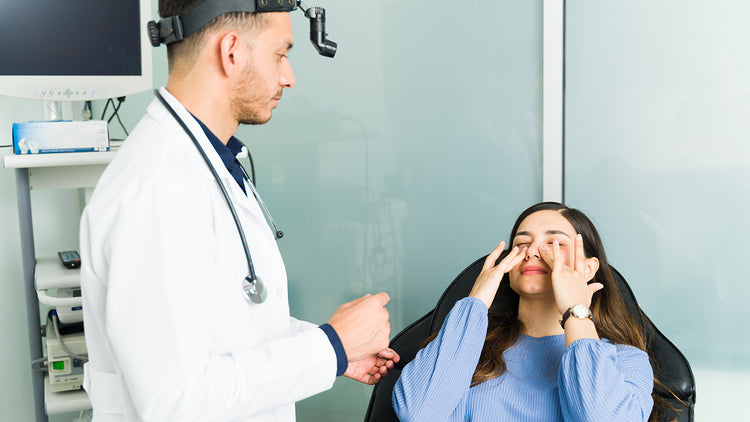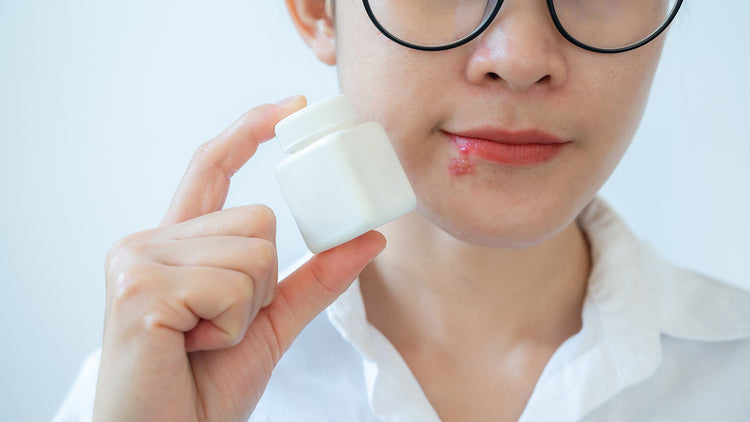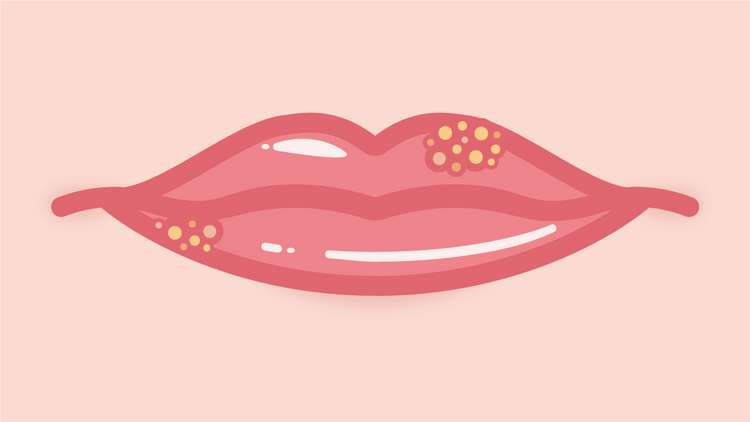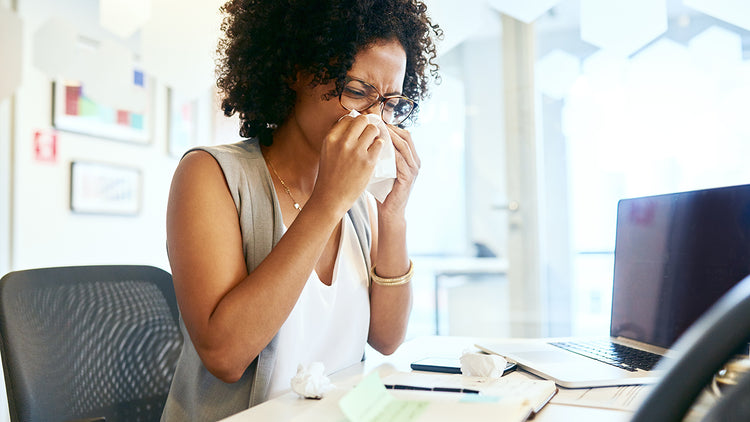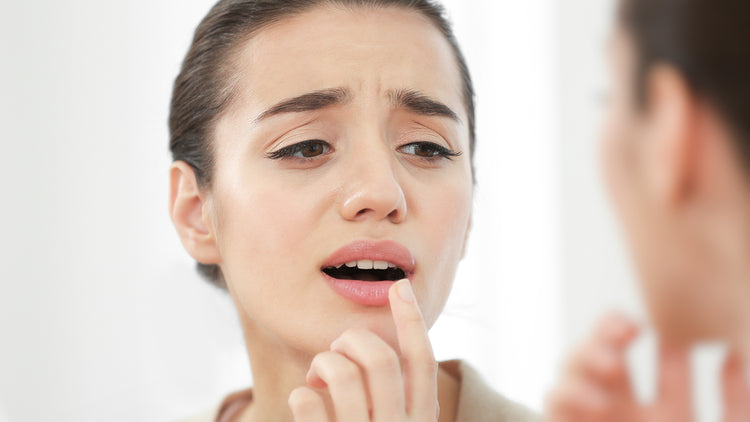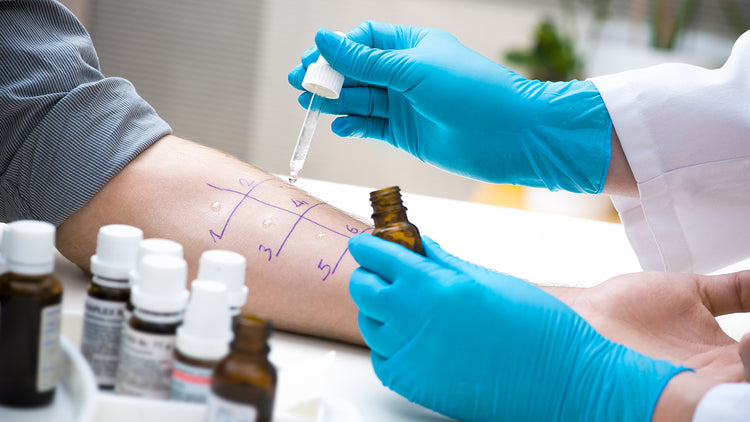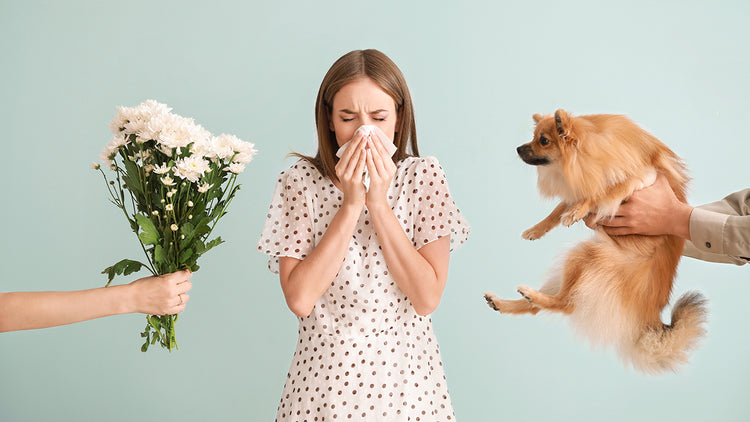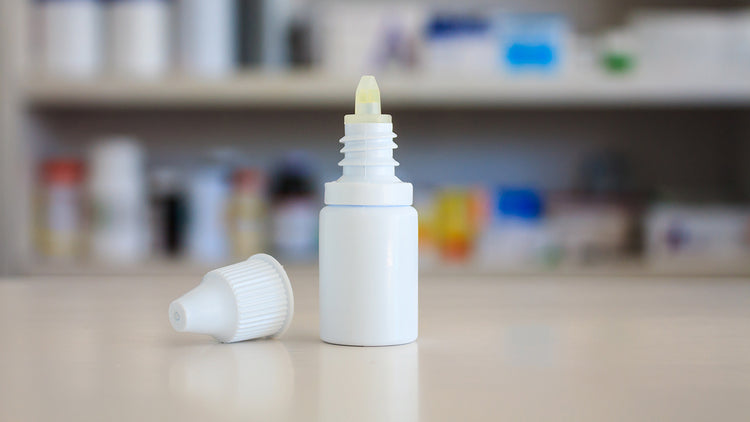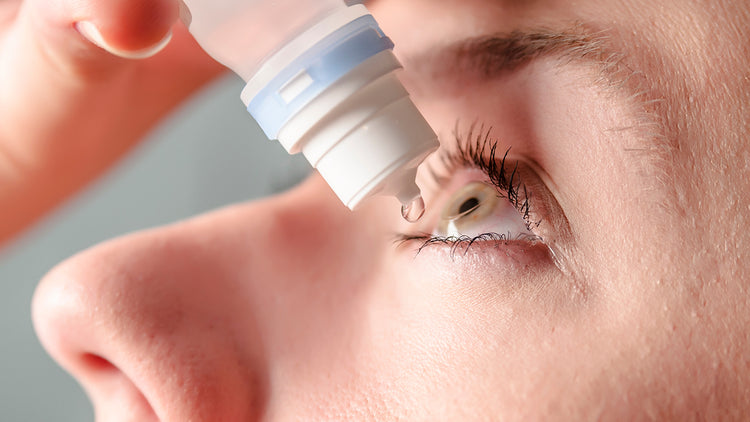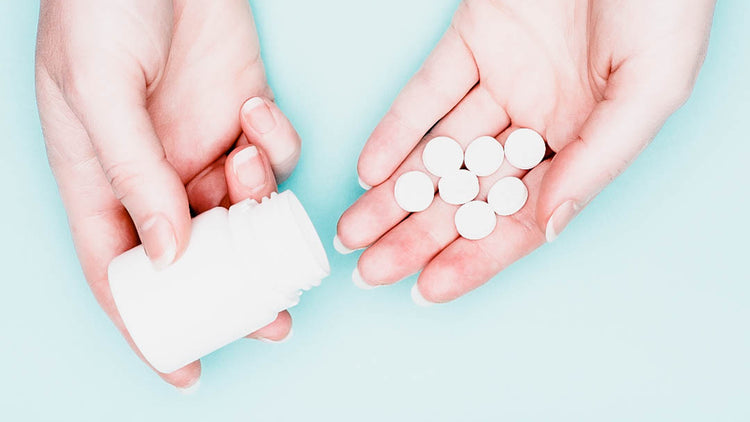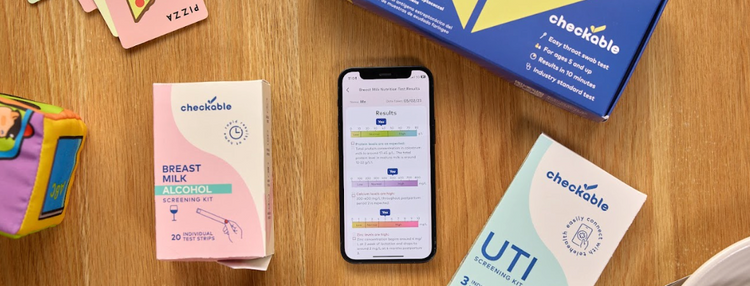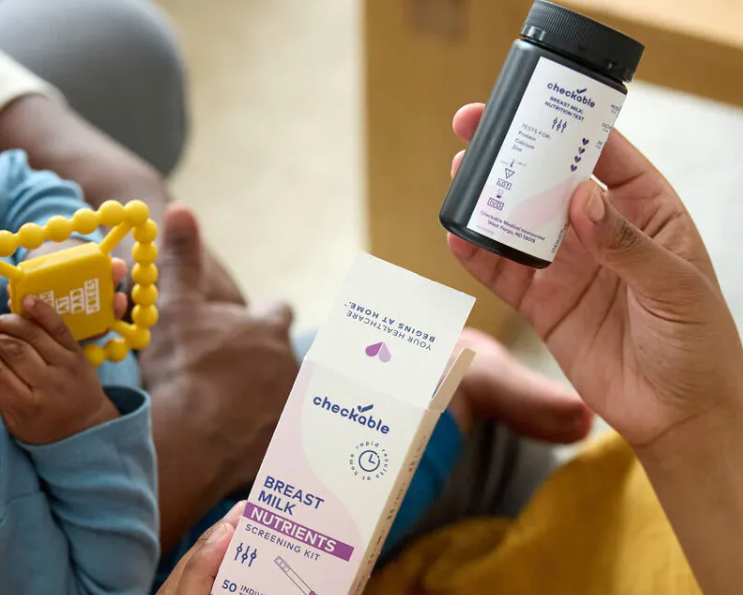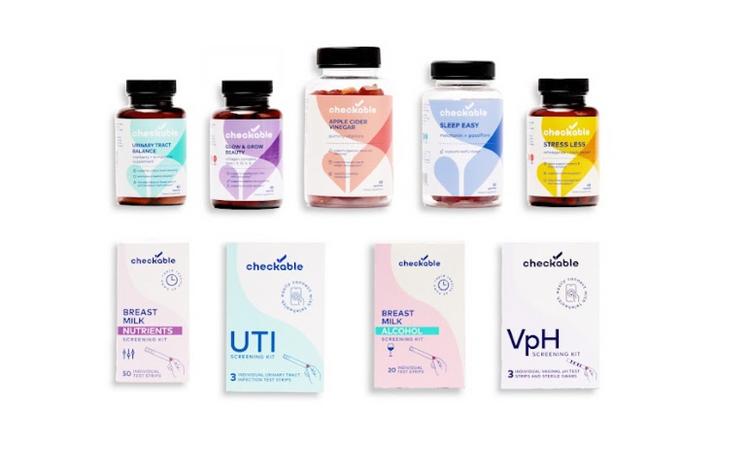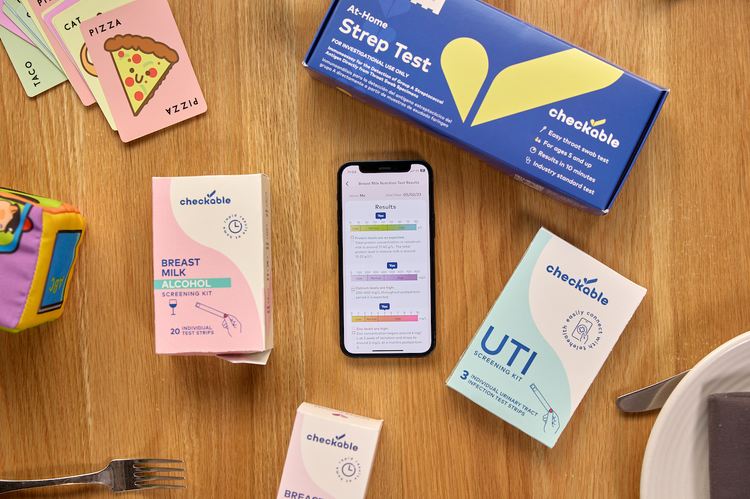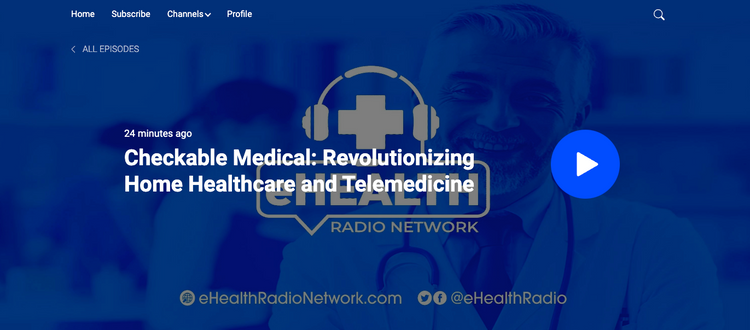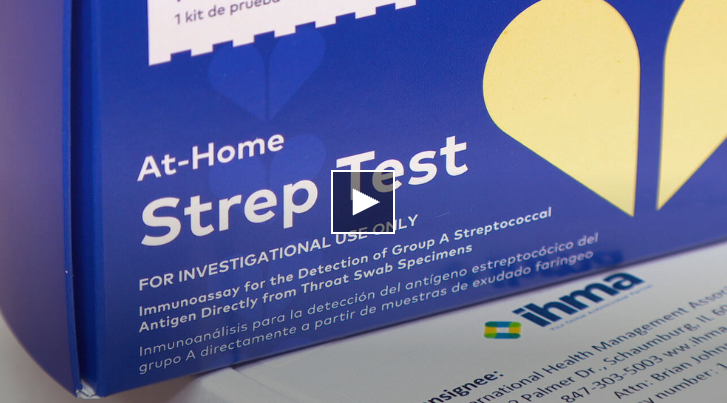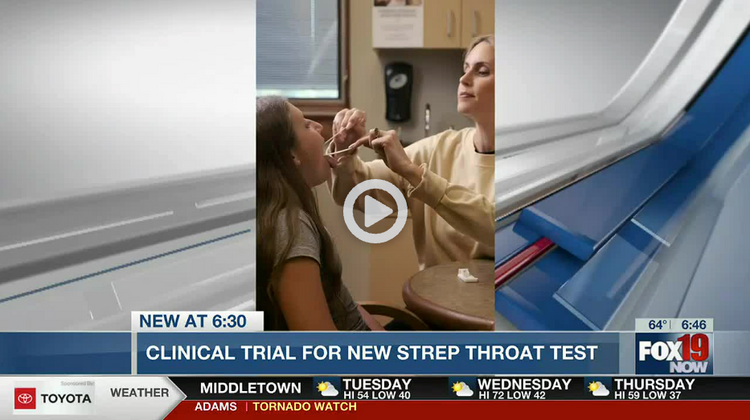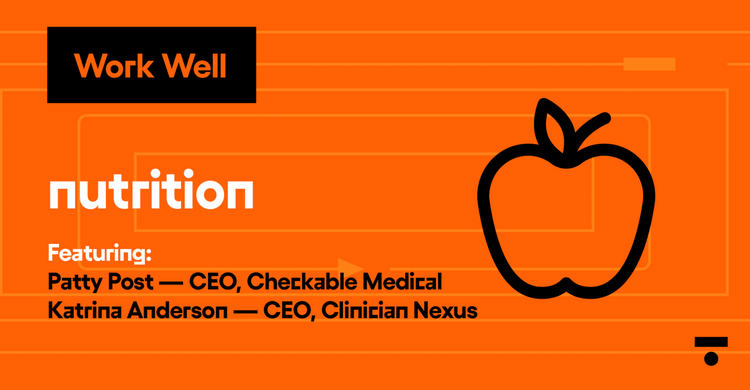
It’s not easy to talk about or easy to have, but it’s easy to see why so many people get confused between urinary tract infections (UTIs) and sexually transmitted diseases (STDs) or infections (STIs). After all, they involve your private parts, have similar letter abbreviations, and can share some of the same symptoms. UTIs, STIs, and STDs are commonly diagnosed in millions of people yearly.
Fun facts: According to the CDC, 1 in 5 people in the US have an STI, totaling nearly 20 million people yearly. Almost half of those people were between the ages of 15-24. Approximately 8-10 million people in the US are treated for urinary tract infections annually, making it one of the most common bacterial infections. That is a lot of people!
Although anyone can get an STI, STD, or UTI, urinary tract infections are most common in women, and as many as 4 in 10 women who get a UTI will get at least one more within six months. It is important to distinguish between them because treatments may differ, and sexually transmitted infections can be more serious than your standard UTI. They are also more likely to transfer from person to person. If you are experiencing pain down there, use the checklist below to see what could be going on. Here’s how to tell the difference between UTIs and STD/STIs – and when to see a doctor.
What is a UTI?
A UTI (urinary tract infection) is a bacterial infection of the urinary system, consisting of the urethra, ureters, bladder, and kidneys. An infection occurs when bacteria (usually E. coli) get into the urinary tract and multiply. Normally, urine moves through the urinary system without any contamination because our kidneys work as a filtration system to keep the germs out. However, bacteria can get into the urinary system from outside sources, causing infection and inflammation. Getting UTIs after sex is common, but the infection is not caused by doing the deed itself or is it spreadable.
Signs it’s more likely to be a UTI:
- Burning sensation while peeing
- Frequent peeing with little urine passing
- Cloudy urine with a strong odor
- Pain in the lower abdomen or pelvis
- Low-grade fever and chills
- No abnormal discharge
- Traces of blood is common
What is an STD/STI?
A sexually-transmitted disease or infection is passed from person to person through oral sex, vaginal sex, anal sex, intravenous drug use, or through non-sexual contacts such as childbirth or breastfeeding. STD/Is are very common, and it is possible to be infected without knowing because many STDs do not display obvious symptoms. It is also often misdiagnosed as a UTI. Getting tested for STDs once or twice every year is recommended for sexually-active people. The most common STIs are chlamydia, gonorrhea, and syphilis. Chlamydia historically accounts for the largest proportion of reported STDs in the United States.
Although used interchangeably, a sexually transmitted infection differs from a sexually transmitted disease. One is an infection, and one is a disease that probably started as an infection (although not all do.) STIs include bacteria, viruses, or parasites such as pubic lice. STIs are usually transmitted during sexual activities via an exchange of bodily fluids or skin-to-skin contact where the infection is active. The exception here is HIV, which can spread through non-sexual activities. Sexually transmitted diseases usually result from STIs and, therefore, may be a more serious condition, but not always. Pathogens enter the body and begin multiplying. When these pathogens disrupt or damage normal body functions, they become STDs. However, some STIs may never develop into diseases. For example, most HPV cases go away on their own without causing health problems. In these instances, HPV is an STI. If the HPV infection develops into genital warts or cervical cancer, it is considered an STD.
Getting tested is the only way to know whether you carry an STD or STI. Common types of STIs and STDs include Trichomoniasis, Chlamydia, Gonorrhea, Syphilis, Hepatitis B Virus, Herpes, Human Papillomavirus (HPV), and HIV. Many symptoms of an STI/STD can mimic a UTI. Look for the signs of each. Prevention is key.
Signs it’s more likely to be an STI or STD:
- Abnormal discharge with a strong odor from your vagina or penis
- Genital blisters, warts, or rash
- Burning while peeing
- Pain during intercourse
- Intense itchiness and swelling near the vagina, penis, or anus.
- Lumps in the groin
- Heavier, more painful periods or bleeding outside your normal periods
- Lower belly pain
- Fever
It is also important to note that many STDs are asymptomatic, making it even harder to detect and treat to avoid the spread. Untreated STDs can lead to serious long-term health consequences, especially for adolescent girls and young women. CDC estimates that undiagnosed and untreated STDs cause at least 24,000 women in the United States each year to become infertile
Similarities Between UTIs, STDs, and STIs
If you are experiencing pain down there, burning while peeing, or lower belly pain, it’s common to think you might have a UTI. UTIs share symptoms similar to STI/Ds, and according to the American Society for Microbiology, 64% of patients with sexually transmitted infections were actually diagnosed with having a UTI. Not only are people being needlessly prescribed specific meds to treat UTIs, but undiagnosed STDs can lead to more serious issues. Untreated STDs can lead to serious long-term health consequences, especially for adolescent girls and young women. CDC estimates that undiagnosed and untreated STDs cause at least 24,000 women in the United States each year to become infertile.
Shared symptoms include:
- Dysuria (painful urination or burning sensation when urinating)
- Increased frequency of urination
- Urgency of urination
- Foul-smelling urine
- Cloudy or dark urine
- Blood in urine
- Pelvic pain
- Unusual discharge
- Fever
FYI: You can have a UTI and STI at the same time. High pH levels make you more susceptible to vaginitis, yeast infections, bacterial vaginosis, and STDs like Trichomoniasis, chlamydia, and gonorrhea.
Tips to Prevent UTIs
- Drink tons of water.
- Pee before and after sex.
- Use condoms.
- Use water-based lube and avoid oil-based lubes during sexy time.
- Wipe your tush front to back. This applies to both genders of all ages. You’d be surprised at how many people don't do this, not just kids.
- Take urinary tract supplements. If you are prone to recurrent UTIs, these can be your best friend. Evidence shows that D-mannose and cranberry powder help prevent bacteria from sticking to your vaginal parts. Checkable Urinary Tract Balance provides all of the nutrients needed to keep UTIs away.
Preventing STDs/STIs:
- Use a condom. However, nothing is 100% safe. If you’re concerned you might have an STI, even after safe sex, check with your doctor.
- Get tested. Prevention starts with decreasing the spread. If you get tested frequently, you stay in the know about your privates.
- Not having sex (including vaginal, oral, or anal sex) is the most reliable way to prevent infection.
- Get vaccinated. Ask your physician if you should get vaccinated for HPV or hepatitis B.
- Talk to your partner about your sexual history.
- Avoid sharing sheets, towels, and underwear.
- Don’t share needles or razors.
It’s Nothing to Be Embarrassed About
Don’t ignore your symptoms. Many people don’t visit their doctor due to symptoms because they consider it potentially embarrassing. Both UTIs and STDs are easy to diagnose and just as easy to cure. Doctors have seen it all, your parts are nothing special. Unless you can completely rule out a sexually transmitted infection, the only surefire way to know is to get tested or screened for STDs.
It takes a simple test to figure out what you have – and usually a simple course of antibiotics to treat it. If you suspect you have either, the best thing you can do is GET TESTED. Most STDs are curable with the correct treatment for each condition. Dealing with post-sex issues is very common. Most conditions are easily preventable with some lifestyle adjustments and practicing safe sex (condoms.) Either way, you can still have fun in bed without hurting yourself. We promise.
Life is too short to sit in a doctor’s office
Sign up for our weekly newsletter and get valuable healthcare tips and tricks in your inbox!
Sign up now and unsubscribe anytime.
- Choosing a selection results in a full page refresh.
- Press the space key then arrow keys to make a selection.










